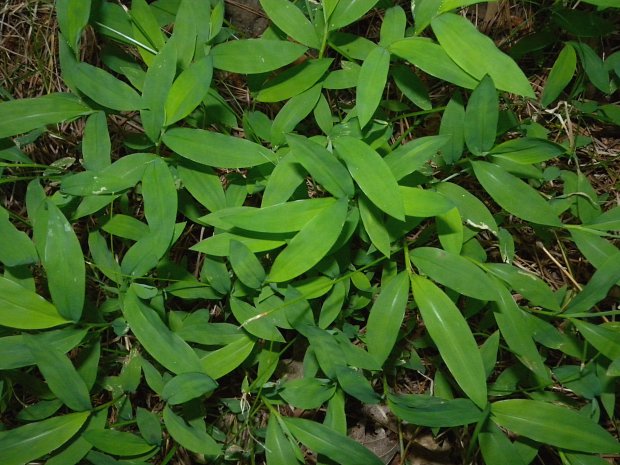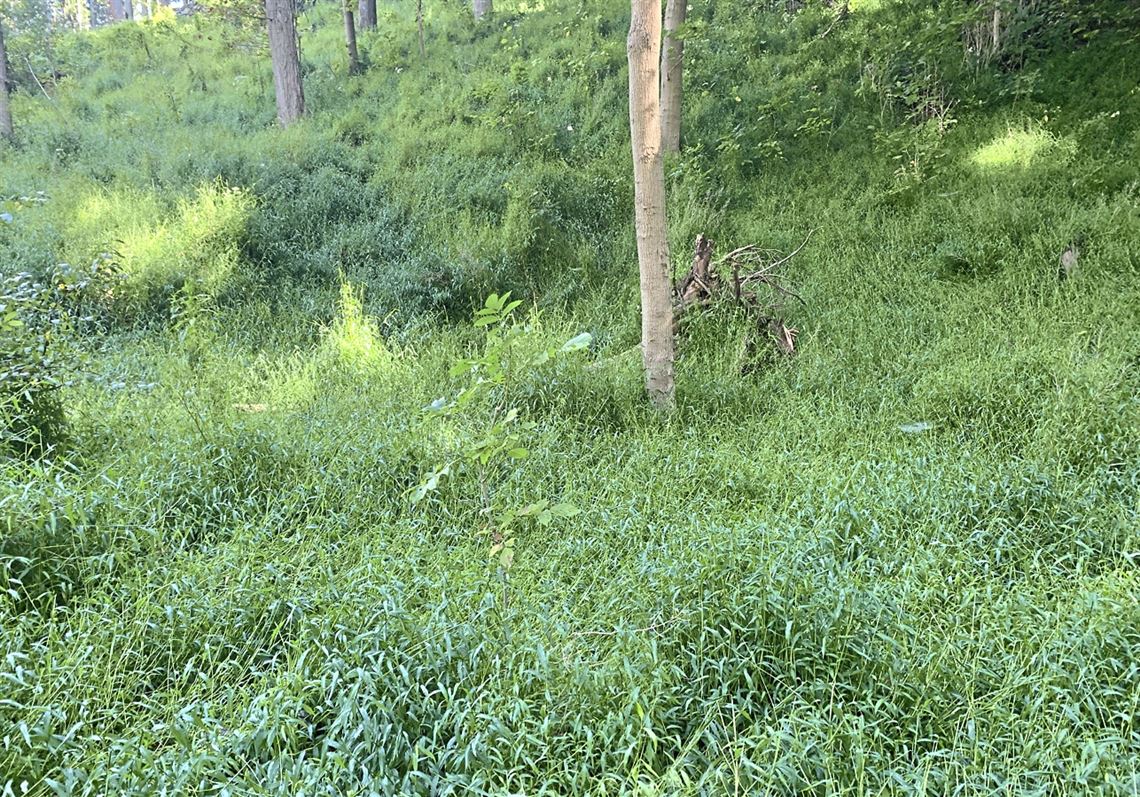Japanese Stiltgrass Deer

Prevention and control 1.
Japanese stiltgrass deer. Japanese stiltgrass infestation in a natural area. It threatens native plants and natural habitats in open to shady and moist to dry locations. Conditions that favor growth invades and alters disturbed soils in sun or shade. In the fall the thick layer of smothering thatch is slow to decompose.
Left unchecked japanese stiltgrass can overtake native vegetation in three to five years. It grows anywhere and spreads everywhere. The sticky tiny seeds can be spread into other areas on the fur and hooves of animals deer by water shoes and clothes. The essence of japanese stiltgrass.
I can t mow right up against the fence because of the way it s installed. Where white tail deer are over. Numerous studies have demonstrated increased stiltgrass infestation under high deer impact scenarios. Japanese stiltgrass nepalese browntop chinese packing grass annual stilt grass bamboo grass eulalia mary s grass ashi boso japanese for slim foot the east asian provenance of this invasive plant was arbitrarily attributed to japan early in the 19th century.
Japanese stiltgrass is especially well adapted to low light conditions. Japanese stiltgrass microstegium vimineum is an invasive annual grass. Stiltgrass spreads to form extensive patches displacing native species that are not able to compete with it. The deer consume native plants instead allowing stiltgrass to invade the spaces they create.
It depends on seeds dropped in the fall to survive year to year just like crab grass. In the above photo japanese stiltgrass climbs the deer fencing on my north side. So let the plants grow taller than normal and torch. Weedeaters don t work there either.
Japanese stiltgrass is an annual plant not a perennial. That s back breaking knee creaking work. Hand pulling is the only option.

















